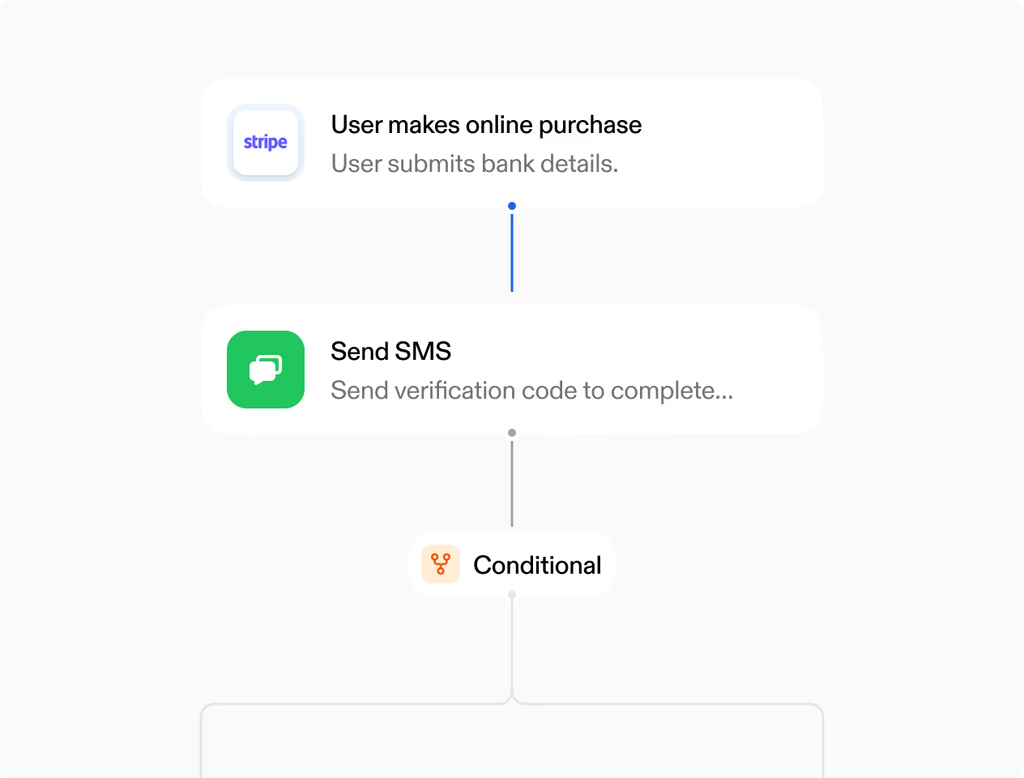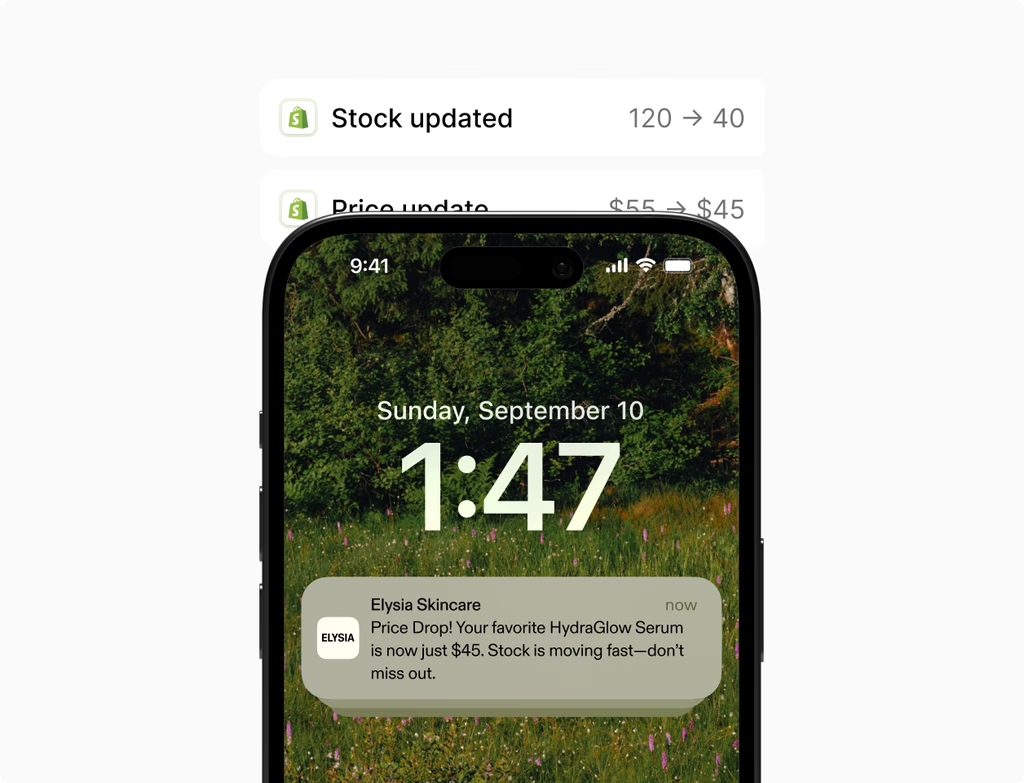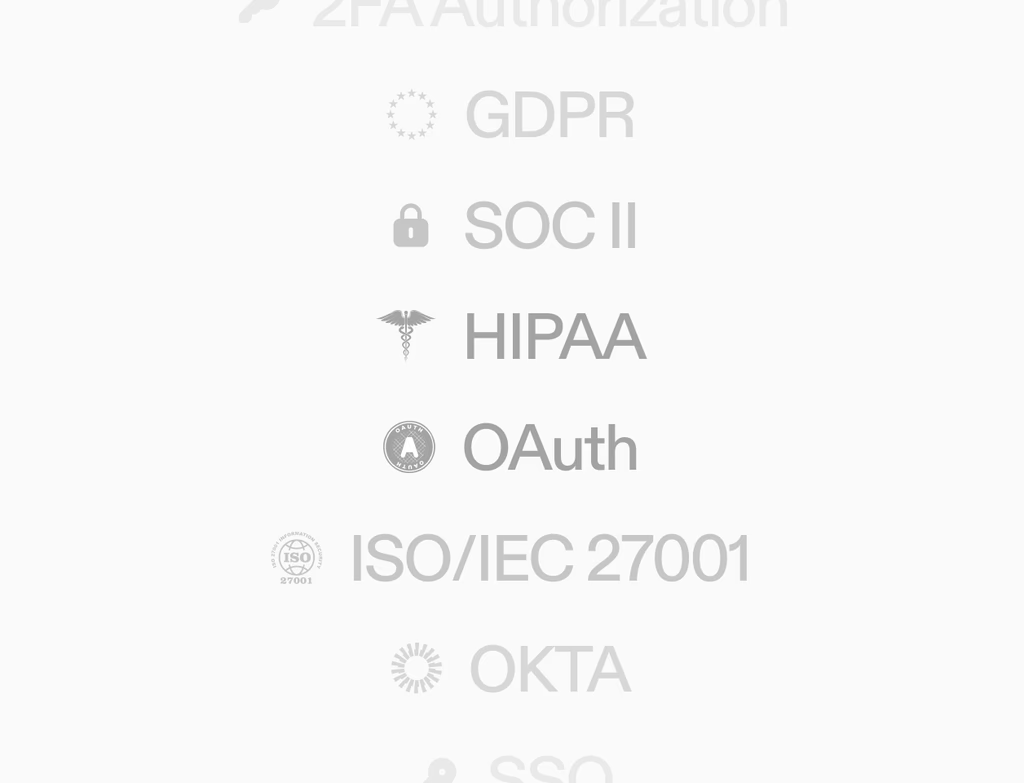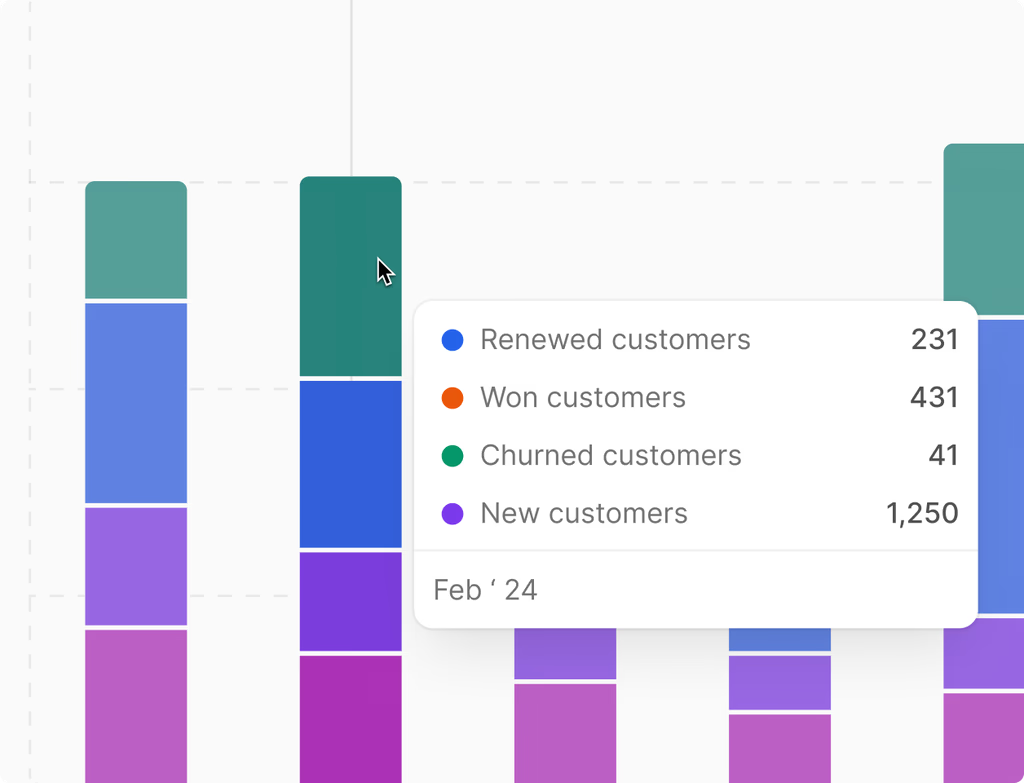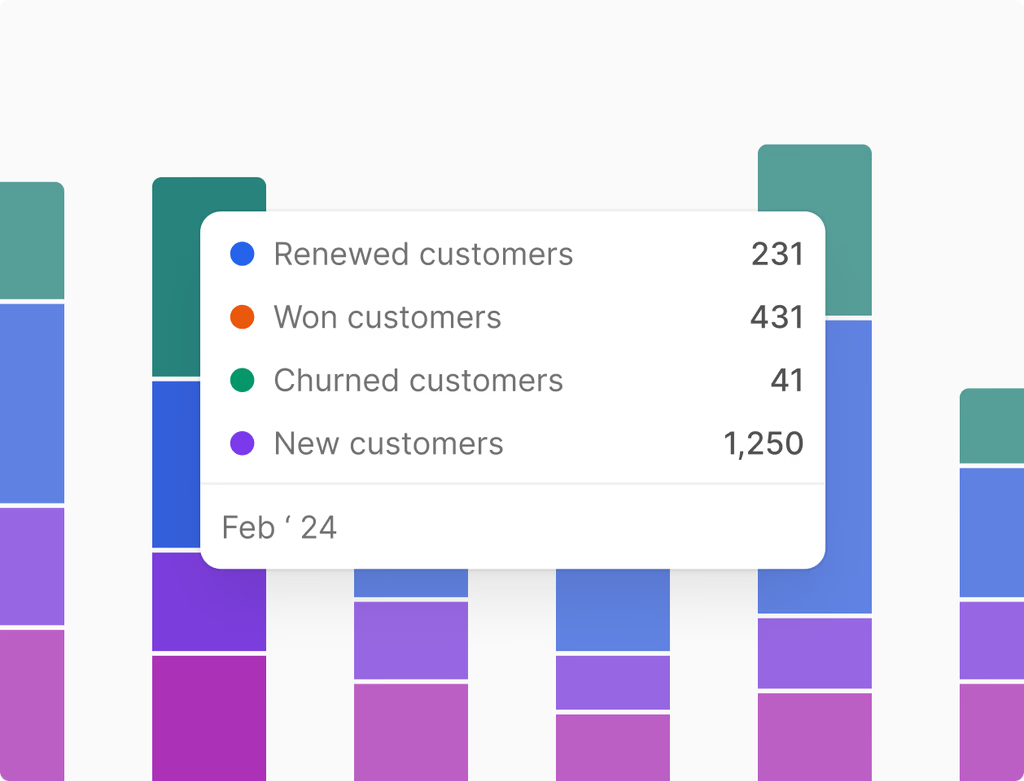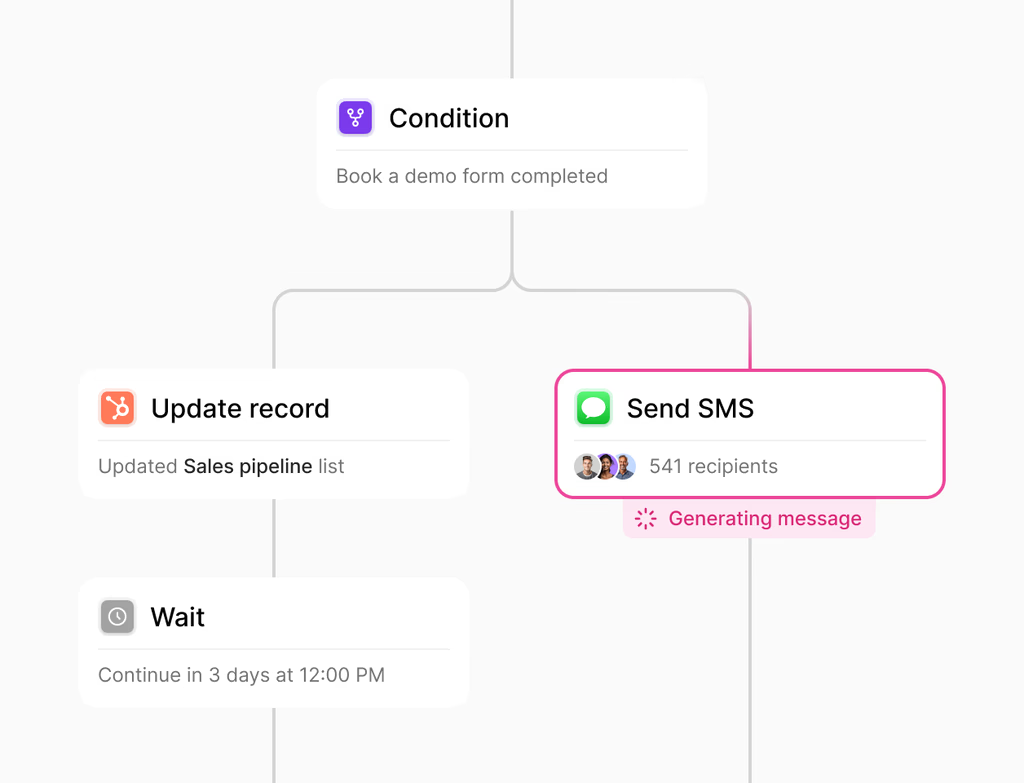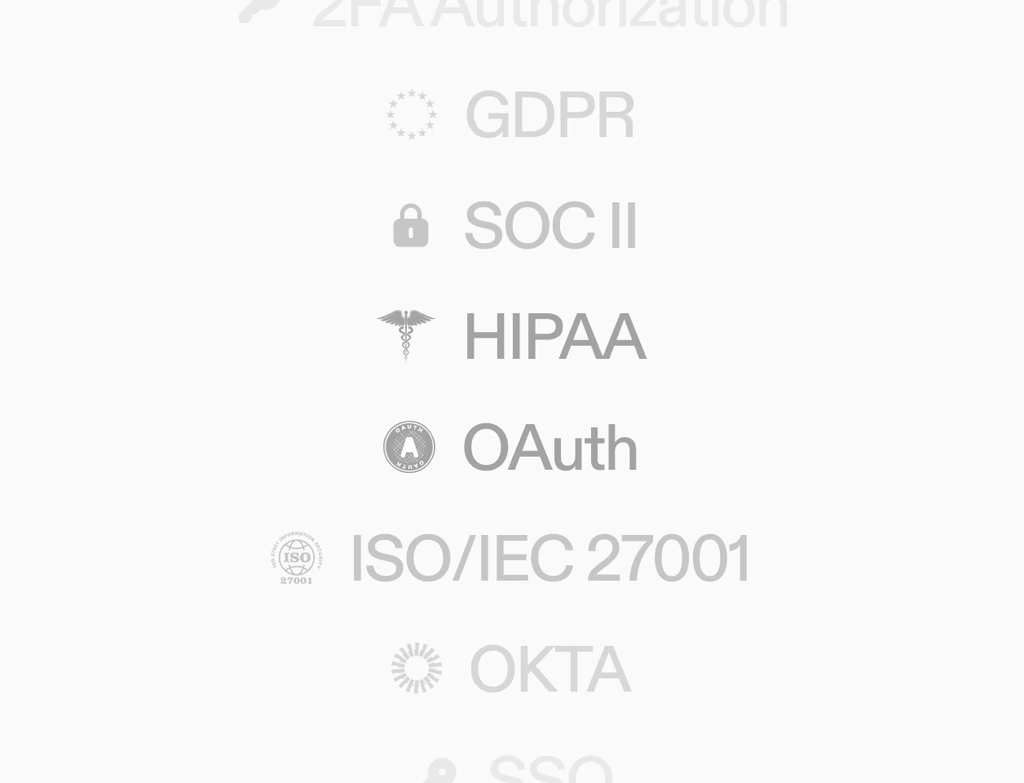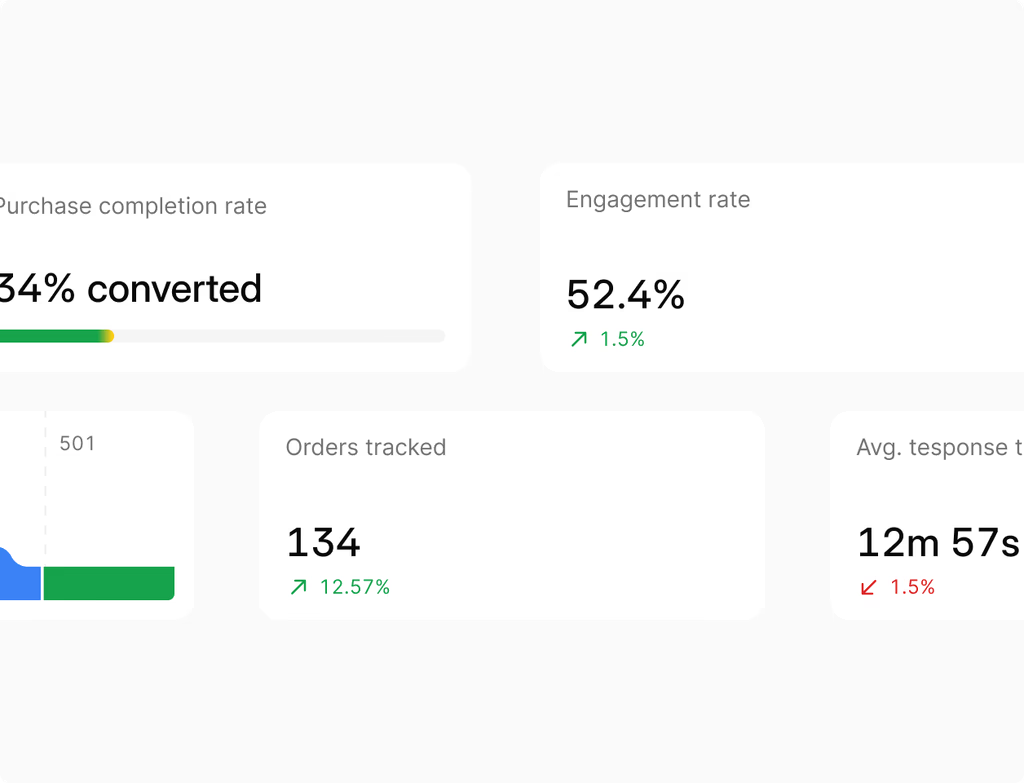What is Hoop Inventory Management and who is it designed for?
Hoop Inventory Management is a feature designed to provide real-time, multi-location stock visibility. It is the foundation for retail, manufacturing, and 3PL operations that need to centralize their inventory data.
This powerful module helps businesses eliminate stockouts and reduce dead stock by providing accurate availability to sales and service teams. It ensures that inventory becomes the single source of truth across your entire ecosystem.
It is best suited for medium to large businesses managing complex inventory across multiple channels, requiring robust controls like:
- Real-time stock valuation and cycle counts.
- Replenishment planning with low-stock alerts.
- Traceability using lots, serials, and expiry dates.
Do we need a separate Warehouse Management System (WMS) to start?
No, you do not need a separate WMS to begin using Hoop Inventory Management. This module covers essential inventory maturity requirements, giving you the core controls needed for accurate stock management from day one.
However, if your operations scale to require more advanced features, you can add a dedicated WMS module later. This additional functionality provides features such as directed picking, complex putaway rules, and yard management, expanding the system's capabilities as your business grows.
For most businesses, the standard Inventory Management feature provides a complete set of controls, including:
- Receipts, transfers, and adjustments with approval workflows.
- Barcode/label printing and mobile scanning capabilities.
How does the feature handle product replenishment and low-stock alerts?
Hoop Inventory Management includes a comprehensive Replenishment and Planning section to automate purchasing decisions. This helps you maintain optimal stock levels and prevent unexpected shortages.
The system utilizes defined policies to manage stock. These policies include setting Min/max levels, calculating Economic Order Quantity (EOQ), and factoring in safety stock with supplier lead times. Automated alerts are a key part of this process.
When stock dips below defined thresholds, the system generates low-stock signals and provides smart purchase suggestions. These suggestions automatically create sensible Purchase Orders (POs) based on your replenishment settings, ensuring you reorder the right amount at the right time.
How are product returns processed and accounted for financially?
The Hoop platform handles returns through condition-based dispositions. When an item is returned, the system allows for flexible decision-making regarding its final destination.
The goal is to accurately record the physical and financial impact of every return. This detailed tracking is essential for maintaining accurate financial records and inventory valuation. Dispositions are categorized to manage your stock efficiently:
- Restock for resale if the condition is new.
- Refurbishment if minor repairs are needed.
- Scrap if the item is damaged or expired.
All these decisions are immediately recorded, ensuring inventory levels and financial impacts are updated across the system for accurate reporting.
What financial reporting and costing methods are supported by this feature?
The Reporting and Finance capabilities within Hoop Inventory Management are robust, providing essential data for month-end reconciliation and financial transparency. The system supports multiple common inventory costing methods.
You can choose the method that best aligns with your financial strategy: FIFO (First-In, First-Out), LIFO (Last-In, First-Out), or average costing. This flexibility allows for precise cost-of-goods-sold calculations and accurate profit margin analysis.
The feature provides detailed valuation reports and reconciliation flows, all backed by comprehensive audit trails. This ensures that every inventory transaction is tracked for compliance and financial accuracy.
Can vendors and suppliers access data through the platform?
Yes, Hoop offers optional vendor portals specifically for secure supplier access. This capability enhances communication and streamlines the procurement process by sharing only necessary information.
Granting controlled access to your vendors improves collaboration and efficiency by keeping all parties on the same page regarding upcoming deliveries. This helps minimize errors and delays in the supply chain.
Through the vendor portals, suppliers can securely view relevant data, typically including:
- Outstanding Purchase Orders (POs).
- Advance Shipment Notifications (ASNs).
- Agreed-upon delivery windows and schedules.
How is multi-location inventory centralized and synchronized across channels?
Inventory management on the Hoop platform establishes inventory as the single source of truth across all channels. This centralization ensures that stock levels are always accurate, regardless of where they are viewed.
The system is designed to centralize items, variants, and physical locations. It then automatically syncs this critical data across key touchpoints, providing universal accuracy. This powerful synchronization prevents overselling and ensures customer commitments are met.
Inventory data is continually synced between your core system and external sales channels:
- Points of Sale (POS) in physical stores.
- E-commerce platforms for online sales.
- Warehouse Management Systems (WMS) for fulfillment.
Is the Inventory Management module limited by specific pricing tiers?
The Inventory Management features are available across multiple pricing plans offered by Hoop, ensuring businesses can select the right level of functionality for their scale and complexity. The pricing plans generally categorize features based on operational needs.
The core functions necessary for basic inventory control are typically available in the entry-level plan. More advanced features, such as complex traceability (lots/serials), detailed costing methods, and specific planning tools, are scaled up through the higher tiers.
Key feature availability is generally mapped across these plans:
- Core: Essential inventory controls and real-time stock levels.
- Pro: Includes replenishment planning, advanced costing, and cycle counting.
- Enterprise: Offers full traceability, WMS integration capabilities, and advanced reporting.



.avif)

